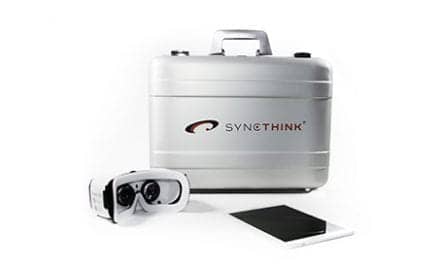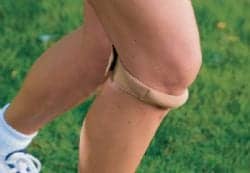The Playskin Lift assistive garments can be used to assist individuals with weakness and/or movement impairments in functioning and can also serve as rehabilitation devices to minimize impairments across time. The University of Delaware’s Office of Economic Innovation & Partnerships features the patent-pending technology in its Technology Transfer website. The site notes that patient populations who may benefit from the device include infants with brachial plexus palsy (nerve damage to one arm at birth), infants born preterm, infants with Down syndrome, children with cerebral palsy, individuals with hemiplegia due to cerebral palsy or stroke, individuals with arthrogryposis multiplex congenita, individuals with Duchenne’s Muscular Dystrophy, and individuals with spinal muscular atrophy.
Read a recent news story on the technology
Playskin Lift offers varying levels of assistance to young infants who cannot yet reach and to individuals with upper-extremity weakness and/or movement issues. The garment is designed to be soft and comfortable, incorporating stiff yet flexible components intended to help support the arms lifted against gravity. The site notes that this allows users to interact with objects in front of them to accomplish key tasks such as eating, playing, writing, and working on the computer.
According to the site, the Playskin Lift is the most fully developed model of the Playskin series of garment-based orthoses. The initial prototype for the device has been fabricated and is being tested.
The site notes that the mechanisms behind the anti-gravity arm support in these initial prototypes include the use of flexible metal components run in parallel and are held together by a sheath to create friction among the components and custom designed air pockets to allow users the control to inflate or deflate and lower the limbs. The garment uses piano cables cut to the appropriate length and run in parallel.
The cables are then compressed and held together by a soft heat shrunk material. This results in an insert that fits into a tunnel built in a garment that runs under the arm, below the armpit, and down the side of the rib cage. The site says the cables are flexible and also elastic, to allow them to bend under the weight of limb and work t return to their original shape to provide anti-gravity lift to the arm. Variable inserts have different colors of wrap to designates those with progressively more cables to provide more lift to provide more assistance or accommodate large arms.
[Source: University of Delaware’s Office of Economic Innovation & Partnerships]




